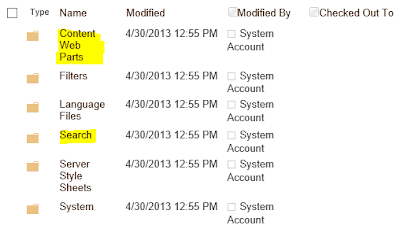SharePoint 2013 Apps - SPLanguage URL Token is based on Locale
When developing SharePoint Apps for multilingual sites, you usually need to know what language to use on your site based on the SharePoint UI language. By default, SharePoint passing in a SPLanguage URL query string to indicate the language (i.e. en-US). http://localhost:2782/Pages/Default.aspx?SPHostUrl=http%3A%2F%2Fdev%2Eironman%2E%2Ecom%2Fsites%2Ftest4& SPLanguage =fr%2DCA&SPClientTag=4&SPProductNumber=15%2E0%2E4481%2E1005 However, the SPLanguage value is not based on the language setting of the host web or user profile language preference (in case of MUI). After a bit of testing, it turns out that the SPLanguage is based on the locale of the host web or user profile locale settings. It is very weird ... I think. And it's not really reflecting the UI language that an user seeing on the SharePoint site. To make it all working, it's better to write code to determine the actual language to display in your app. The logic that I use (for MUI...
